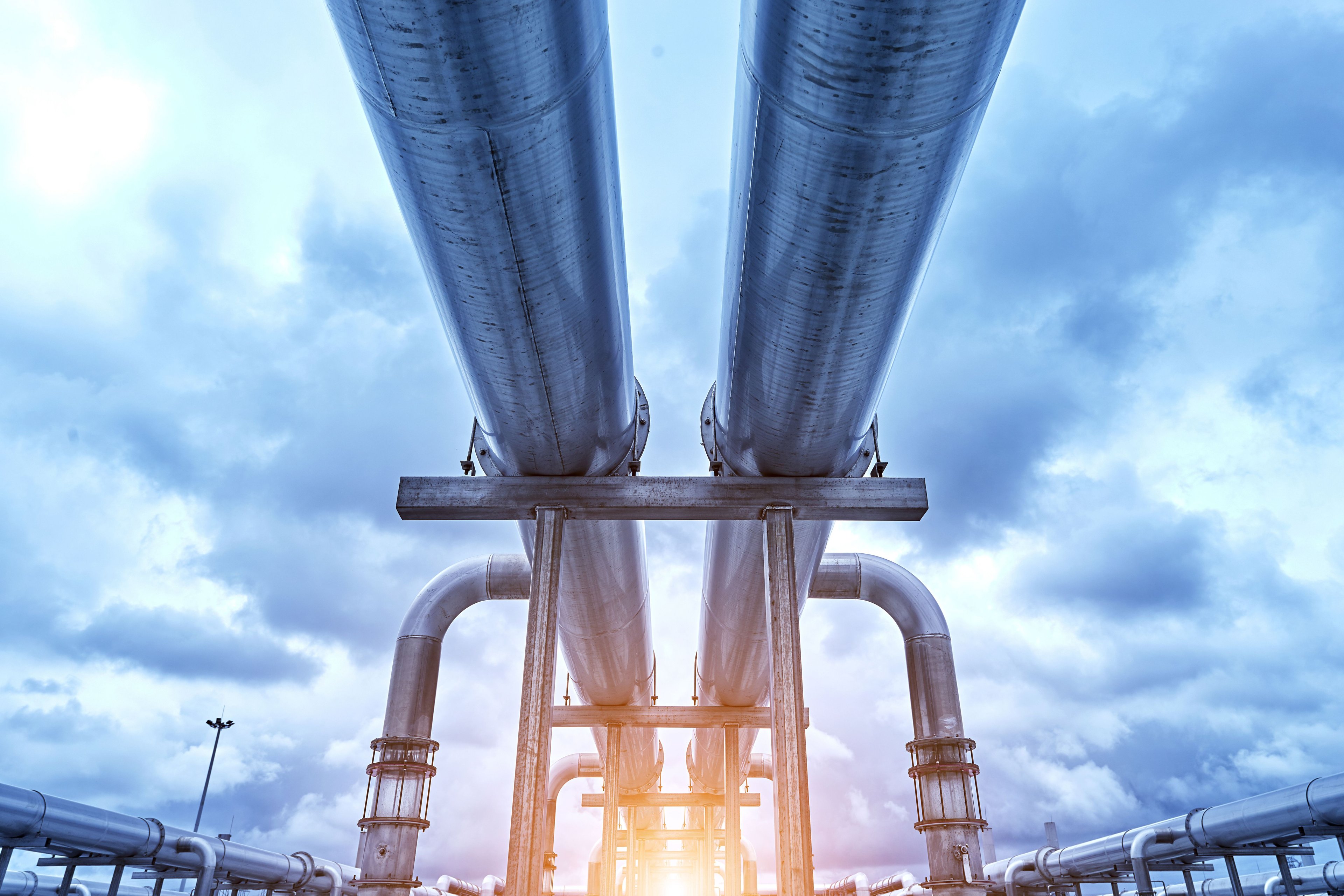A couple of days ago, Jim Cramer of CNBC's Mad Money fame, had this to say about Clean Energy Fuels (CLNE 3.60%) on his Cramer's Six in 60 segment:
"This is a spec I've had on [Clean Energy CEO] Andrew Littlefair. This is a call that says they're using the wrong fuel. They've got LNG and people are using ... CNG."
This on the heels of a report from Piper Jaffray, reiterating a "sell" rating based on estimates that the vast majority of NG engines from Cummins and Westport Innovations' (WPRT +4.83%) joint venture are configured for CNG, while Clean Energy is investing heavily in LNG stations for trucking. The bottom line is Cramer and Piper Jaffray's analyst are just plain missing the boat here. Let's take a closer look.
Clean Energy Fuels' business is historically CNG
Through the first half of 2013, the company delivered 69.6 million gallons of CNG, and 28.5 million of LNG. So essentially 70% of its fuel deliveries are CNG. Additionally, the company operates over 300 refueling stations across the U.S., the majority of which are CNG stations supporting "return to base" vehicles like public transit, taxis, and refuse vehicles. The company utilizes over 1,500 compressor systems all around the world to prepare and deliver CNG.
I think it's fair to say they know a little bit about CNG versus LNG. But to leave it there misses the larger point; and this is what both Cramer and Piper Jaffray are missing.
CNG just doesn't work for over the road trucking
While CNG on a per-gallon equivalent basis is cheaper than its liquid counterpart, the cost of the fuel itself is just part of the equation. Without getting too "sciency," the simple challenge with compressing a gas, is tied to something called the ideal gas law. What this essentially means is when you start to cram all these gas molecules together at high pressure, the friction creates heat. When you're trying to cram a couple hundred gallon-equivalents into a 3,600 PSI space, it makes a lot of heat. So this means the tanks have to be filled at a relatively slow process, because:
- The heat is dangerous as it actually increases the pressure in the tank.
- Until the temperature drops, the tank can't actually be filled all the way up.
How slow are we talking about? The fastest systems fill at about two or three gallons per minute. So a truck holding 200 gallons of fuel could take more than an hour to fill. It gets even better. The systems that can fill at that rate are expensive -- we are talking about $1 million per lane or more for a 4-lane setup. If you're the fifth truck in line, you're gonna be waiting for fuel for two hours. This is fine for "return to base" vehicles that can refuel overnight at low pressures. It doesn't work for truckers.
Money is money; but so is time
And this is a big part of the equation. LNG acts more like a traditional liquid fuel. It can be fueled as fast as diesel, is more energy-dense than CNG (meaning more miles per tankful,) and saves on weight versus CNG. Simply put, these all add up to things that are worth a lot more to the trucking business. This can be evidenced by several pieces of recent news.
Clean Energy and Raven Transportation issued a press release announcing that Raven would be using two Clean Energy stations to fuel its fleet of 36 trucks running LNG and powered by Westport-Cummins engines, between Florida and Ohio. Based on the 1 million gallons per year Raven will use, it will save between $1.3 million and $1.5 million per year.
Additionally, UPS announced it will build another nine LNG stations, in addition to the four already in operation. This comes after announcing in May it will purchase more than 700 trucks running LNG over the next two years, and these trucks are expected to feature Westport engines. UPS signed a deal with Clean Energy back in 2011 to service and maintain its LNG stations.
But at the end of the day, it's still natural gas
Which is why taking a close look at E&P companies like Ultra Petroleum (UPL +0.00%) and Chesapeake Energy (CHK +0.00%) is a good idea. While Ultra has been consistently regarded as the best low-cost producer of natural gas, which made a big difference for it over the past couple of years of unsustainably low prices, Chesapeake Energy has started to turn the corner. With new leadership in place, and a (so far) effective plan to deleverage and make the most out of the best land assets it has, the future looks pretty good, especially when we also factor in the impending exports of LNG, once companies like Cheniere Energy complete their liquefaction facilities. These two producers have tremendous upside.
Foolish final note
I'll leave you with a snippet from Clean Energy Fuels' Director of IR Tony Kritzer's response to the Piper Jaffray note:
"But, for the sake of argument, let's say the whole thing goes 100% CNG: GREAT!"
To channel Charlie Munger, I have nothing to add.






